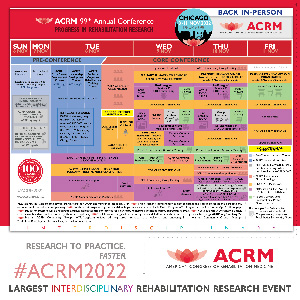Jill Whitall
Professor Emerita
University of Maryland School of Medicine, United States
. Improving gait rehabilitation in stroke. Over the years, I have pursued the problem of gait rehabilitation from motor coordination and adaptation perspectives as complementary approaches to the dominant treadmill exercise or body-weight supported paradigms. The first study used a new intralimb variable, relative phase of the shank/thigh, to compare the walking of stroke survivors with age-matched controls who walked slowly or walked slowly with an AFO (Barala et al., 2000). We found that walking slowly (but not the AFO) accounted for a substantial proportion of the intralimb asymmetry between the limbs and that most of the asymmetry occurred at push off and during the swing phase providing three targets for treatment: paretic leg push off, swing phase and general speed. More recently, the unilateral perturbation provided by a weighted resistance to the swing phase using a pulley system and a treadmill has provided evidence that stroke survivors can adapt to the extra force required similarly to non-disabled controls. More importantly, when the weight is taken off, the stroke survivors (and controls) show evidence of needing time to de-adapt from this new neuromuscular interlimb step-ratio pattern that temporarily moves the stroke survivors closer to symmetry. This is evidence of short-term learning and the fact that a short-term bout generalizes to overground walking and takes longer to de-adapt in stroke survivors gives hope that this low-cost method may have longer term effects if continued over time (Savin et al., 2014). In order to translate this adaptation principle to the clinic or home we have begun a series of pilot studies using a leg weight and have determined that both overground and treadmill training are effect for this low-cost method (Gama et al., 2018). This work parallels the use of rhythmic auditory cueing as a viable adaptation mechanism and we have determined an additional use of an auditory cue for increasing the stride-length/stride velocity ratio of older adults (Eikema et al. 2014). This novel (STEP-R) method has potential in a number of clinical populations given that it is loss of stride length, rather than cadence, that is the more significant predictor of poor outcomes associated with low gait speed.
I do not have any relevant financial / non-financial relationships with any proprietary interests.
Presentation(s):
-
Contribution of lower limb eccentric control to balance recovery from surface drop perturbations
Wednesday, November 9, 2022
11:25 AM – 11:32 AM

.jpg)
